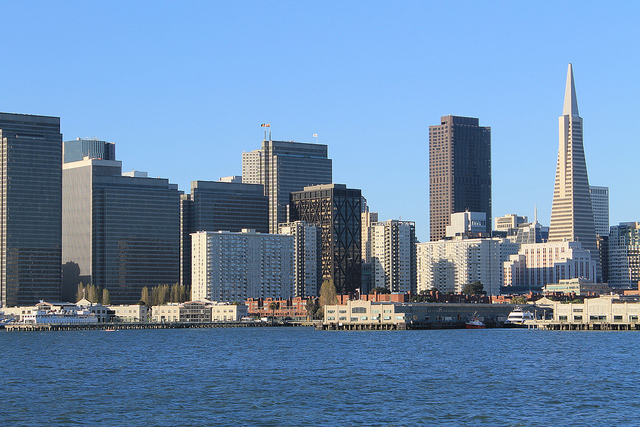
It might be about as off an election year as they get come, but San Francisco Props. B and C are generating plenty of heat. Or at least they did when Forum hosted representatives from both sides of the measures. Let's just say host Dave Iverson earned his money that morning, reining in guests and keeping the conversation from devolving into a sophomoric episode of "he said, he said."
At the heart of the propositions is a proposed luxury condominium development along the Embarcadero titled 8 Washington. Lots of issues related to the physical project were covered during the hour-long conversation: height restrictions, the amount of public open space that the development will create, dissatisfaction with the private health club and parking lot that occupy the site now.
But several ideological questions around affordable housing — the issue dominating mastheads and coffee shops across the region — came up during the conversation as well: Who should live in the Bay Area — those who can afford its rising costs or those who are already here? How much should housing cost? What shape should new housing take? Should affordable and low-income housing be built in prime locations, like the waterfront?
That question led Jon Golinger, campaign director for No Wall on the Waterfront, to accuse his opponents of practicing trickle-down economics. Here is the full exchange:
Tim Colen, executive director of the San Francisco Housing Action Coalition, which supports Prop. B: